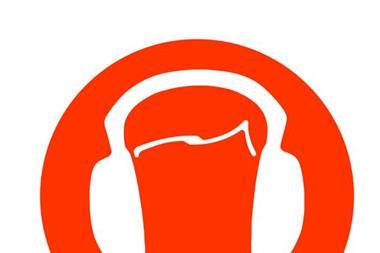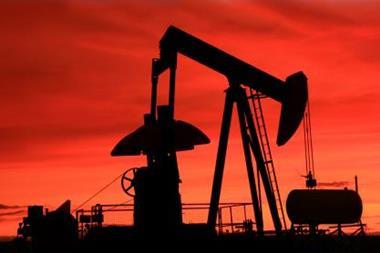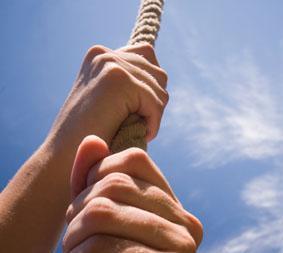Employers could be culpable for noise exposure as far back as 1978
The outcome of a case due to be heard in the Supreme Court could set a precedent for a surge in hearing loss claims.
In 2007, former factory worker Stephanie Baker sued Quantum Clothing Group for noise-related hearing loss. The case was dismissed on the grounds that Baker was exposed to noise levels of between 85 and 90 decibels in the late 1970s, which, before 1990, were not considered to cause injury.
Last year, the Court of Appeal overturned the ruling. It held that Baker’s employer should have been aware of the damage potentially caused by those noise levels and awarded compensation. If upheld in the Supreme Court, the case could lead to a flood of similar claims.
Mike Klaiber, disease claims manager at Zurich, the insurer behind Quantum Clothing Group, said: “The judgment overturned the original first decision, which in our view was a very sensible judgment and well-reasoned. The Court of Appeal has effectively taken the action date for employers back some 12 years.
“It lowered the level of culpability of employers, so there is a responsibility for a lower level of noise for 1978 onwards instead of the previous 1990 date. This, we believe, is fundamentally wrong.”
The numbers of historical hearing loss claims have risen steadily over the past few years. Allianz and Zurich say claims have risen by 25% and 20% respectively over the past year alone. Insurers have largely attributed this rise to aggressive advertising by claims farmers and law firms. It is expected that if this judgment is upheld, it will fuel a greater spate.
Aviva’s senior claims manager Ian Harvey said: “While uncertainty remains, this of course increases the likelihood for a good number of law firms that specialise in this kind of work to dust off some of their cases and then get out there and look for new ones.”
Baker’s lawyer, Wake Smith & Tofields partner and head of industrial illnesses, Chris Fry, said that the case could dramatically increase the pool of potential claimants. “We are looking at hundreds of thousands of people who were working unprotected in noise exposure of 85 to 90 decibels in the late 1970s. These people potentially now have the ability to claim whereas they otherwise wouldn’t have.”
It is expected the case will be heard in the Supreme Court later in the year.
Hosted by comedian and actor Tom Allen, 34 Gold, 23 Silver and 22 Bronze awards were handed out across an amazing 34 categories recognising brilliance and innovation right across the breadth of UK general insurance.













































No comments yet